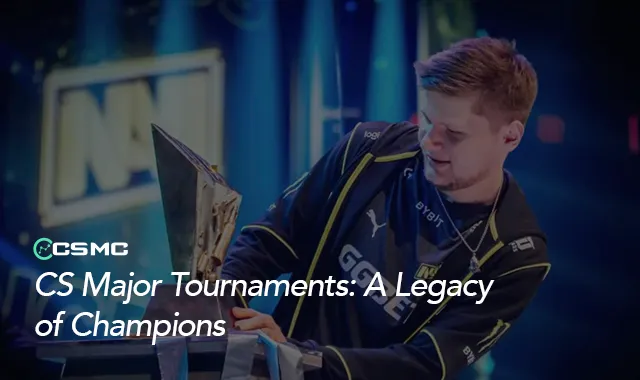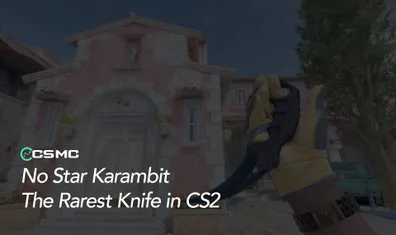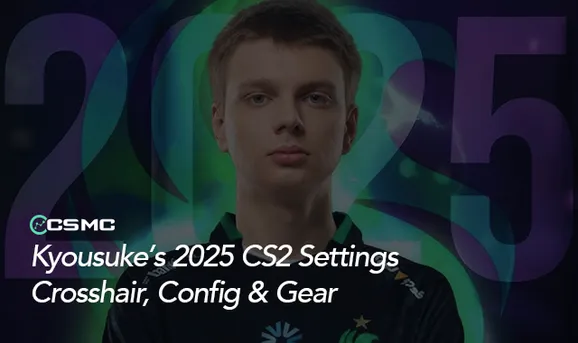Explore the rich history of CS Major tournaments, from the early days of CS 1.6 to the rise of modern esports, legendary teams, and future trends.
CS Majors: The Evolution of Counter-Strike’s Championship Tournaments
Major tournaments in Counter-Strike (CS) have played a pivotal role in shaping the game’s competitive landscape. These prestigious events have not only crowned the best teams in the world but have also influenced the evolution of the game itself, attracting millions of viewers and pushing the boundaries of esports. In this article, we delve into the history of CS Majors, exploring their impact on the gaming world and the legends they have created.
The Early Days: The CS 1.6 Era
The roots of Counter-Strike’s competitive scene trace back to the CS 1.6 era, where the first seeds of professional CS were planted. During this time, Major tournaments were fewer in number, but they laid the groundwork for the thriving scene we see today. Events like the Cyberathlete Professional League (CPL) and World Cyber Games (WCG) were some of the most prominent tournaments of the era, attracting top-tier teams from around the world.
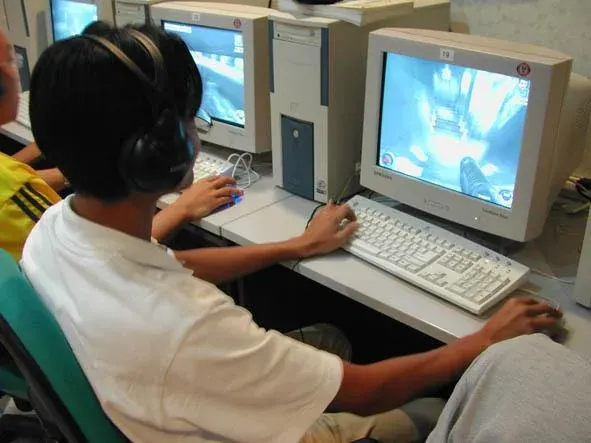
Key teams like Ninjas in Pyjamas (NiP), SK Gaming, and mTw became household names, with players like Emil "HeatoN" Christensen and Jonathan "Fatal1ty" Wendel dominating the scene. These early tournaments set the stage for the competitive nature of CS and established the importance of team strategy, communication, and individual skill.
Transition to CS: Source
The transition from CS 1.6 to CS: Source marked a significant shift in the Counter-Strike community. While CS: Source introduced enhanced graphics and updated gameplay mechanics, it faced mixed reactions from the player base. Despite the initial resistance, the game eventually found its footing, and major tournaments began to emerge.
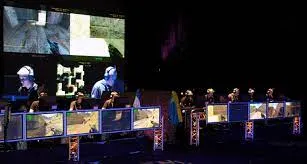
During the CS: Source era, events like the Electronic Sports World Cup (ESWC) and the Championship Gaming Series (CGS) provided a platform for new teams to rise. However, the competitive scene remained somewhat divided, with many players and fans still loyal to CS 1.6. This period of transition was crucial, as it highlighted the community's passion for the original game and the challenges of evolving an established esports title.
The Birth of CS and Early Majors
Counter-Strike: Global Offensive (CS) launched in 2012, bringing with it a fresh start for the franchise. The game quickly gained traction, and with the support of Valve, the first official CS Major took place in 2013—DreamHack Winter. This event marked the beginning of a new era for Counter-Strike, with the Major series becoming the pinnacle of competitive CS.
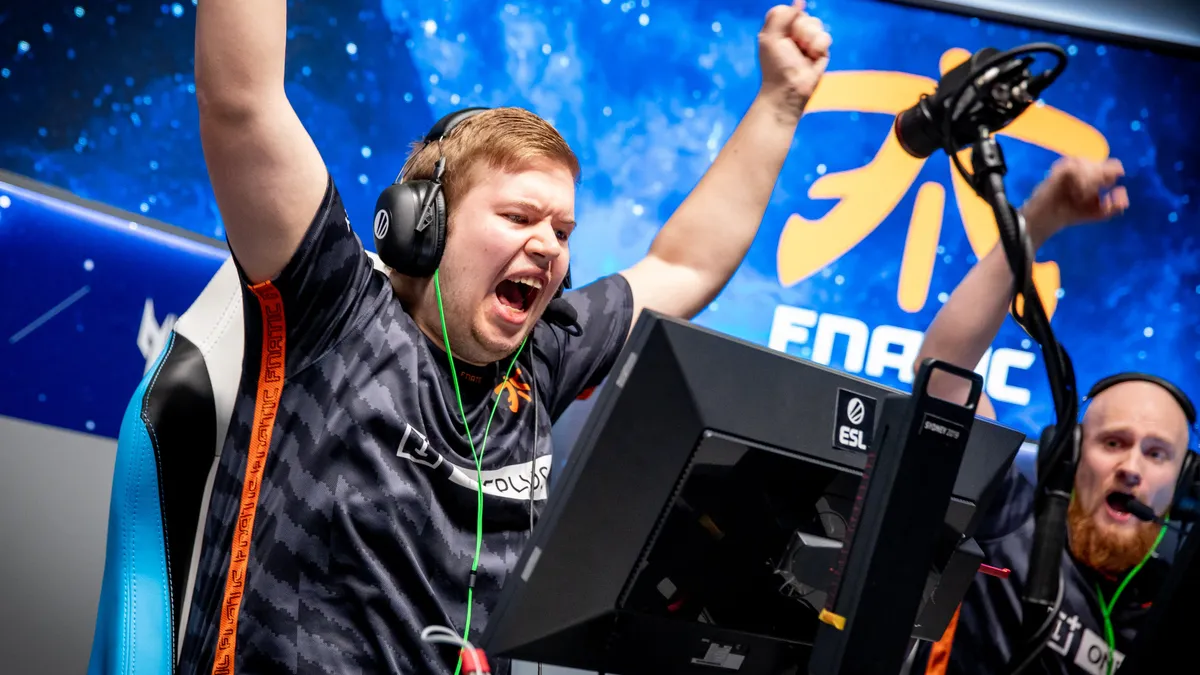
The early CS Majors were characterized by intense competition, with teams like Fnatic, Virtus Pro, and Natus Vincere (Na'Vi) rising to prominence. DreamHack Winter 2013 saw Fnatic claim the first Major title, setting the stage for their dominance in the years to come. The introduction of crowd-funded prize pools through in-game purchases further boosted the prestige of these events, drawing in more players and viewers.
Rise of the Modern Era: Key Moments and Milestones
The modern era of CS Majors has been defined by groundbreaking moments and significant milestones that have shaped the landscape of competitive Counter-Strike. The ELEAGUE Major: Atlanta 2017, for example, was a landmark event that saw Astralis win their first Major title, beginning their journey as one of the most dominant teams in CS history.
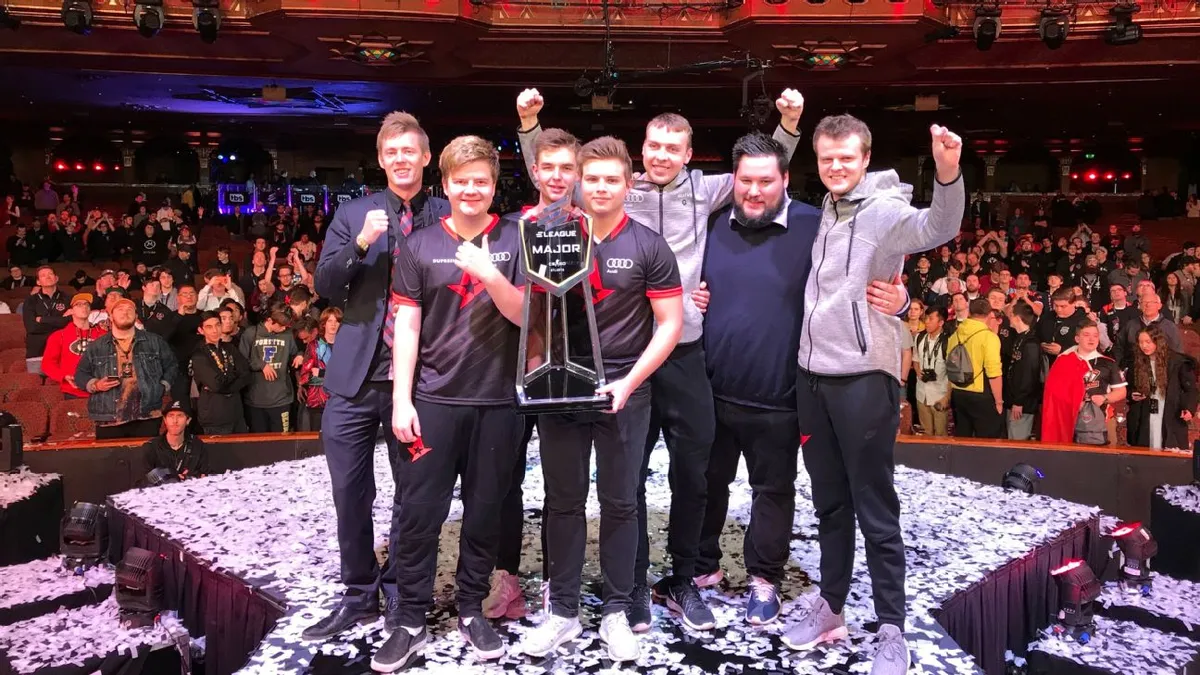
Another key moment was the emergence of the Brazilian squad, Luminosity Gaming, who won the MLG Columbus 2016 Major. This victory not only showcased the growing global reach of CS esports but also demonstrated the importance of resilience and teamwork in achieving success.
Over the years, the format of CS Majors has evolved, with changes in group stages, playoff structures, and the introduction of the New Legends Stage. These developments have ensured that each Major is more competitive and unpredictable, keeping fans on the edge of their seats.
Legendary Teams and Players
CS Majors have been the stage for some of the most legendary teams and players in esports history. Astralis, with their unprecedented four Major titles, have set the gold standard for excellence in CS. Their strategic approach, coupled with the individual brilliance of players like Nicolai "dev1ce" Reedtz, has left an indelible mark on the game.
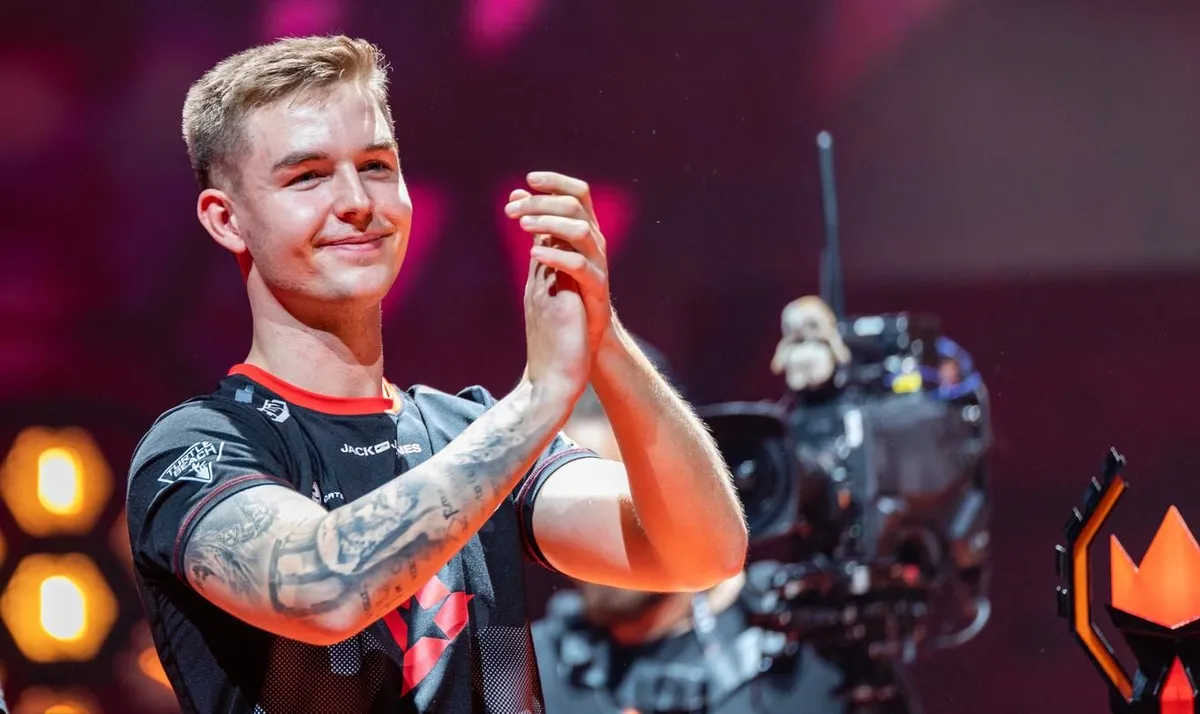
Other iconic teams, such as Fnatic and SK Gaming, have also etched their names into the annals of CS history with multiple Major victories. Players like Olof "olofmeister" Kajbjer, Gabriel "FalleN" Toledo, and Oleksandr "s1mple" Kostyliev have become synonymous with greatness, delivering unforgettable performances on the biggest stages.
Impact on the Esports Industry
The influence of CS Majors extends beyond the game itself, playing a significant role in the growth of the esports industry as a whole. These tournaments have consistently drawn massive viewership, with millions of fans tuning in to watch the best teams compete. The success of CS Majors has paved the way for other esports titles, contributing to the mainstream acceptance of competitive gaming.
Moreover, the economic impact of these events cannot be overstated. CS Majors have attracted major sponsorships, media coverage, and investment, helping to professionalize the industry and provide players with lucrative career opportunities. The ecosystem surrounding CS Majors, including merchandise sales, betting, and content creation, has further expanded the reach and profitability of esports.
Future of CS Majors
As we look to the future, the landscape of CS Majors is poised for further evolution. With the anticipated release of Counter-Strike 2 (CS2), we can expect new dynamics in gameplay and competition. The introduction of new technologies, such as virtual reality (VR) and augmented reality (AR), could also revolutionize the viewing experience for fans.
Additionally, the format of Majors may continue to evolve, with potential changes to the qualification process, prize distribution, and global representation. As the esports industry grows, CS Majors will likely play an even more significant role in shaping the future of competitive gaming.
Conclusion
The history of CS Majors is a testament to the enduring popularity and competitive spirit of Counter-Strike. From the early days of CS 1.6 to the rise of modern CS, these tournaments have been the battleground for the world’s best players and teams. As the game continues to evolve, CS Majors will remain at the forefront of esports, inspiring new generations of players and fans alike.
